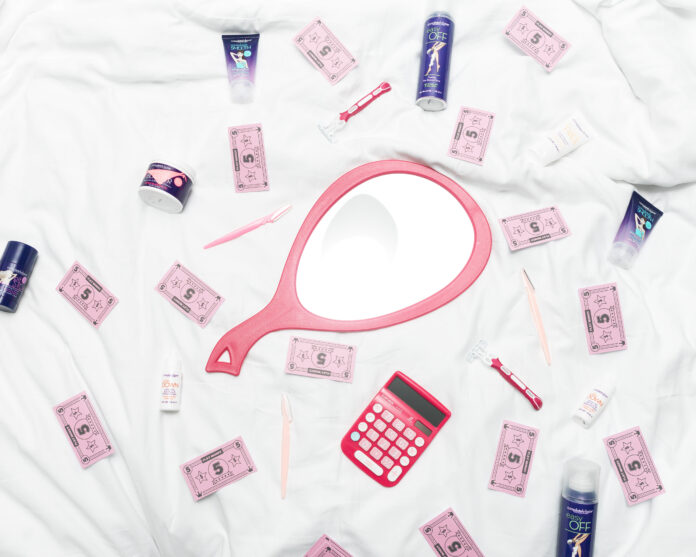
The price disparity between men’s and women’s clothing is an issue that needs serious redressing
IN A recent episode of the StyleDNA podcast, featuring none other than renowned fashion designer Anya Hindmarch, the discussion turned to the cost difference between women’s and men’s clothing. I don’t mind admitting, it really got me thinking.
Over the course of the conversation with host Amanda Wakeley, Hindmarch mentioned that the burden on women to be stylish comes with a fairly hefty price tag – especially when you factor in other maintenance costs like nails and hair.
Now, I had never questioned the price discrepancy between men’s clothing and women’s clothing. Honestly I assumed that men’s clothes, on average, would be more expensive. So I went in pretty much wanting Hindmarch to be wrong about this.
Afterwards, I was compelled to follow up her claims to see if they had any weight and if I had been victim to a social blind eye turned to the issue.
Lo and behold, a 2021 study by the UK-based consumer group Which? analysed the pricing of 21 popular clothing items across various retailers, finding that women’s clothes were on average 21 per cent more expensive than those to be sold to men.
21 per cent might not seem to most people like a huge shock or even that large of a gap, but going further down the rabbit hole, I came across another study by consumer advocacy group Consumer Reports in 2018 that examined the prices of 45 women’s and men’s products across ten retailers, which found women’s products priced higher than men’s products in 39 out of 45 cases.
While it’s not exactly the smoking gun that will hold the entire charade to account, and there may be a far more nuanced argument to be had here, these studies have shown independently that women’s clothing really does tend to be more expensive than men’s.
This so-called ‘Pink Tax’ (or ‘Woman Tax’) is nowhere near as cute and fluffy as it might sound. And no amount of marching on Leinster House is going to help us I’m afraid, as this ‘tax’ is built in by manufacturers and retailers, and unfortunately, extends itself onto care products like shampoo, conditioner, razors, lotions, deodorants, and so on.
The above of course, it bears mentioning, are all items that men use daily too, but women very often end up paying more for them.
While this may be good business sense to some, taking advantage of the fact that society makes women’s participation in a great many products feels like a gut punch and something female consumers need to be constantly aware of.
If women are more likely to fork out their hard-earned cash because they feel external pressures to engage with premium products, we need to start having a whole other conversation about evening out the heavily gendered consumer playing field.









